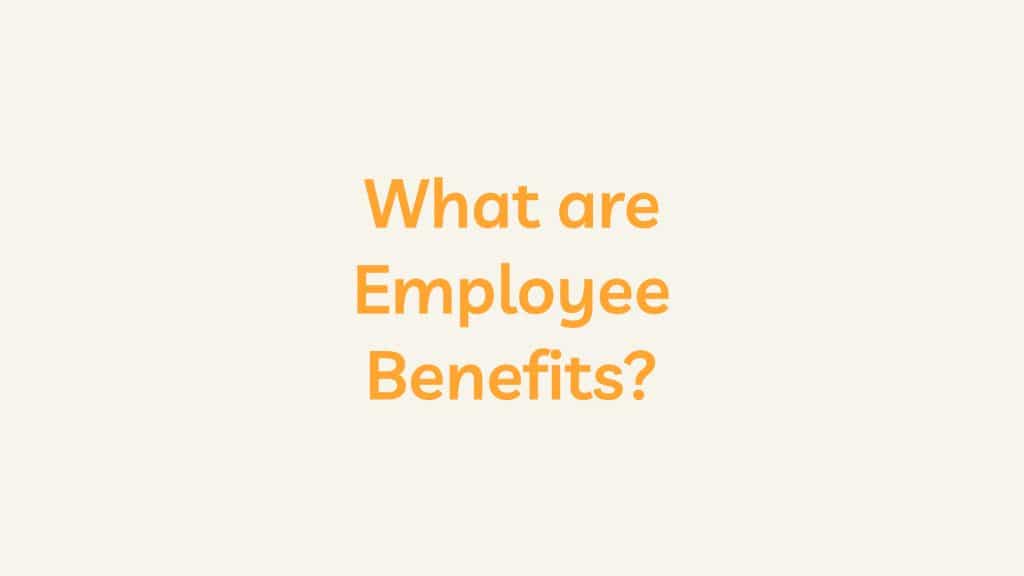Employee benefits are a linchpin in shaping a workplace that attracts and retains top talent. Organizations increasingly understand the significance of offering a holistic benefits package in an era where the job market is fiercely competitive. This article delves into the multifaceted world of employee benefits, exploring their diverse impact on individual employees and the collective workplace.
1. Employee Benefits: Health and Wellness Programs
Investing in employees’ health and well-being is fundamental to any comprehensive benefits package. Beyond traditional health insurance, forward-thinking companies provide additional perks such as gym memberships, mental health support, and wellness programs. These initiatives improve employees’ physical health and enhance their overall job satisfaction and productivity.
2. Employee Benefits: Flexible Work Arrangements
Flexibility has emerged as a highly valued trait in the modern workforce. Companies that provide flexible work arrangements, such as remote work options, flexible hours, or compressed workweeks, empower employees to achieve a better work-life balance. This flexibility accommodates diverse lifestyles, and fosters increased job satisfaction and loyalty among the workforce.
3. Retirement Savings Plans
A robust retirement savings plan is a powerful motivator for employees. Offering options like 401(k) plans, pension schemes, or other retirement benefits helps individuals plan for their future. This ensures employees’ financial security and peace of mind and positively influences their commitment to the organization.
4. Professional Development Opportunities
A commitment to employees’ professional growth is a win-win for both individuals and the organization. Comprehensive benefits may include access to training programs, workshops, and educational opportunities. This commitment fosters a culture of continuous learning, skill development, and career progression, making employees feel invested in and valued.
5. Employee Benefits: Recognition and Rewards
Acknowledging and rewarding employees for their contributions is integral to a comprehensive benefits package. This could involve performance bonuses, employee recognition programs, and other incentives that motivate individuals to excel in their roles. Recognizing achievements not only boosts morale but also reinforces a positive work culture.
6. Work-Life Balance Initiatives
Recognizing the importance of work-life balance is crucial for employee well-being. Companies that support work-life balance through policies like paid time off, parental leave, and sabbaticals demonstrate a commitment to their employees’ holistic needs. This results in increased job satisfaction, reduced burnout, and enhanced loyalty.
Conclusion
In conclusion, employee benefits extend far beyond traditional compensation, playing a pivotal role in creating a workplace that attracts, satisfies, and retains top talent. By prioritizing health and wellness, flexibility, financial security, professional development, recognition, and work-life balance, organizations can cultivate a positive and supportive work environment that not only benefits individual employees but also contributes to the overall success and longevity of the company.
